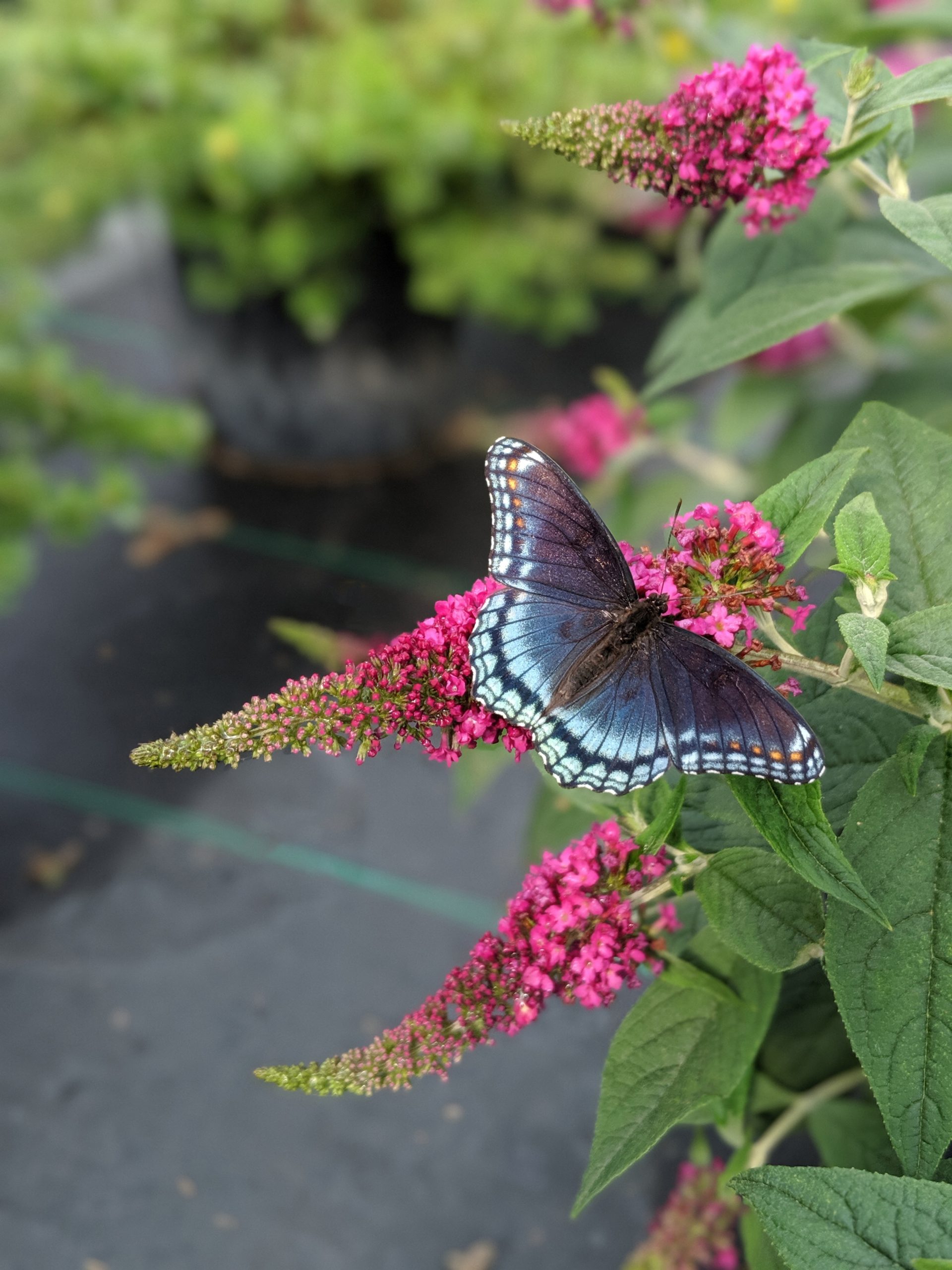Saying that the Butterfly bush (Buddleia) is a magnet for pollinators is an understatement. It’s no wonder that The National Garden Bureau has declared 2024 the year of the Buddleia.
In Oregon, Buddleia davidii was taken off the market in 2008 because of its invasive nature, but the Oregon Department of Agriculture has approved varieties for sale in Oregon that are seedless. The seedless forms have common names like Summer Lilac, Nectar Bush, Seedless Buddleia or Seedless Butterfly Bush, according to Portland Nursery’s website.
The plant’s prolific sweet-smelling flower spikes are like tasty landing pads for butterflies and bees, other beneficial insects and hummingbirds, making the plant a centerpiece of many pollinator gardens.
It was Swedish botanist and taxonomist Carl Linnaeus who named this species after Adam Buddle, an 18th-century English botanist, according to The National Garden Bureau. Buddleia plants are native to Asia, Africa, and the Americas and are available in over 140 species.
The flowers of Buddleia are different across species. Most produce panicles consisting of many individual tubular flowers for easy nectar access for beneficial insects and birds.
Buddleia flowers come in a variety of colors including white, blue, lavender, pink, reddish pink, purple and yellow. Gardeners can plant caterpillar host plants with Buddleia to provide food for the butterfly lava and when they emerge as butterflies, they’ve got a ready source of food for their next stage in life.
Read more
View a photo gallery of Buddleia varieties
Tips and plant choices for a butterfly garden from Oregon Department of Forestry

